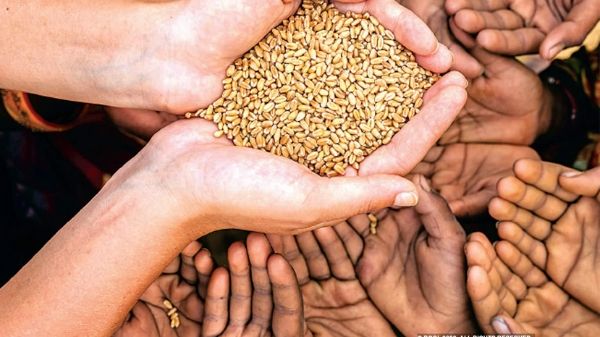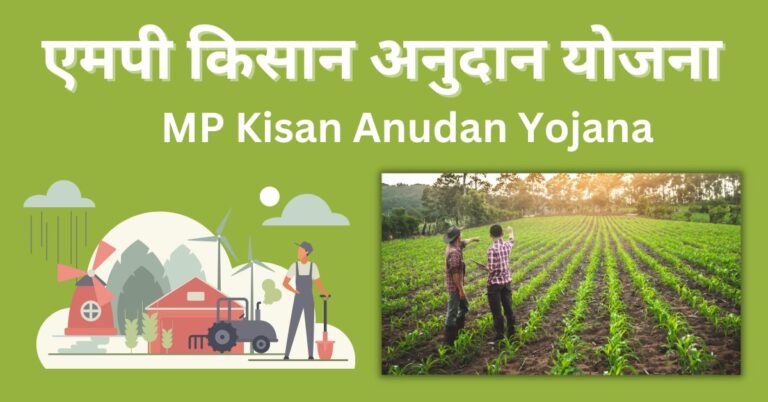Orunodoi Yojana 2.0 Scheme: Eligibility Criteria, Application Process, Beneficiary Status

The Orunodoi Yojana 2.0 Scheme, a progressive initiative by the Government of Assam under Chief Minister Himanta Biswa Sarma, focuses on bolstering the economic status of women and enhancing their access to essential services. This scheme, managed by the state’s Finance Department since its inception on October 2, 2020, promises to reshape the landscape of social welfare in Assam.
Also Read:
- Telangana Praja Palana Scheme 2024: Eligibility, Documents, Application Process, Beneficiaries List
- Anna Bhagya Scheme: Eligibility Criteria, Required Documents, Benefits & Payment Status
Contents
Understanding Orunodoi 2.0 Scheme
Orunodoi 2.0 is designed to provide financial support to women, helping them manage the cost of health, nutrition, and basic necessities. With monthly transfers ranging from Rs 830 to Rs 1000, the scheme uses Direct Benefit Transfer (DBT) technology to ensure transparency, reduce leakage, and promote financial inclusion among the underserved populations of Assam. It also supports the establishment of a savings culture and encourages financial planning among its beneficiaries.
Benefits of the Orunodoi Yojana
The Orunodoi 2.0 Scheme extends several benefits that significantly impact the welfare of beneficiary families:
- Healthcare Support: Allocates Rs 400 monthly specifically for medicinal needs.
- Nutritional Assistance: Offers a 50% subsidy on essential food items like pulses and sugar and provides Rs 150 for purchasing fruits and vegetables each month.
- Economic Empowerment: By providing direct financial assistance to women, the scheme enhances their decision-making power within households, thus advancing gender equity and empowerment.
- Financial Planning: Encourages beneficiaries to adopt financial planning and savings habits, thereby promoting financial literacy and independence.
Eligibility Criteria for the Orunodoi Scheme
To access the benefits of the Orunodoi 2.0 Scheme, applicants must meet specific criteria:
- Residency: Applicants must be permanent residents of Assam.
- Age and Gender: The scheme is exclusively for women aged between 16 to 59 years.
- Income Threshold: The family’s annual income should be less than Rs 2 lakh.
- Special Considerations: Priority is given to differently-abled members, widows, or single women within the eligible age group.
- Exclusions: Families owning more than 15 bighas of land, households with members who are income taxpayers, doctors, engineers, architects, lawyers, or government employees, and families possessing assets such as tractors, refrigerators, or four-wheelers are not eligible.
How to Apply for the Assam Orunodoi Scheme
The application process for the Orunodoi 2.0 Scheme is straightforward but requires attention to detail:
- Visit the Official Portal: Go to orunodoi.assam.gov.in and download the New Application Form.
- Document Preparation: Fill in the form with personal details such as age, income, Aadhaar number, and household information. Attach necessary documentation including a passport-size photo, identity card, Aadhaar card, bank passbook, income certificate, and residence certificate.
- Submission: Submit the completed form along with the attached documents to the nearest Urban Local Body (ULB) or Gram Panchayat office.
- Acknowledgement: Receive an acknowledgement slip with a beneficiary number, crucial for future references.
Steps to Check the Assam Orunodoi Scheme District Wise List
To ensure transparency and allow beneficiaries to track their application status, the Orunodoi 2.0 Scheme provides a system to check the district-wise list of beneficiaries:
- Access the Portal: Navigate to the dedicated section on the Orunodoi portal for “View Status.”
- Select District: Choose your district from a dropdown list or map to proceed.
- Search Details: Enter your name or beneficiary number in the search field to filter the results.
- Verification: If your name appears on the list, it confirms your approved status and eligibility to receive the scheme’s benefits.
The Orunodoi Yojana 2.0 Scheme exemplifies a robust governmental effort to empower women in Assam through direct financial assistance and social welfare enhancements. It aims not only to support the immediate financial needs but also to foster long-term economic and social development






Open Orunodoi please help sar
Open orunodoi please help sar